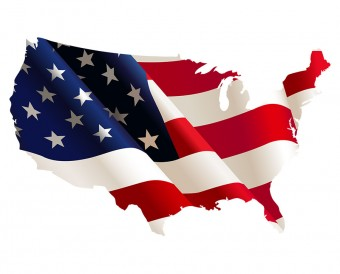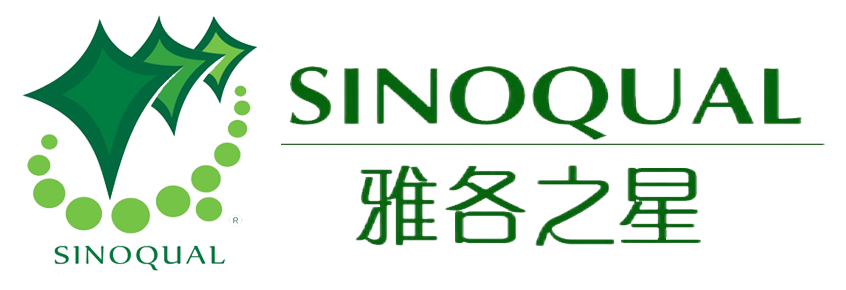The global beauty industry is undergoing a transformation as consumers increasingly demand products that demonstrate transparency, ethical sourcing, and ingredient purity...
Market Trends: Halal and Kosher Certified Food in the United States
2025-05-15

Market Trends: USkosherandhalalCertifiedfood---An in-depth analysis of the United Stateskosherandhalalmarket,Emphasis is placed on seizing opportunities in the mainstream market.
This report explores the many similarities between Halal and Kosher food.
The dietary rules of both are derived from ancient scriptures.
Ritual slaughter emphasizes respect for the animal.
Human hair, animal feathers, and other objectionable materials are prohibited, and US government agencies agree.
The food production standards are stricter than those required by the US government, and there are also significant differences between the two.
The Jewish population in the United States is very small, less than2%, there is a downward trend in the United States and worldwide.
In the United States, a significant portionkosherFood consumers are not Jewish. They buykosherFood is safer, healthier, and better.
Muslims make up less than 50% of the U.S. population1%On the other hand, one in five people in the world is a Muslim.
“Halal"It applies to every aspect of Muslim life, from banking to toothpaste.
Most Americans have not yethalalas well ashalalThere is a clear concept of the attributes of food.
Market Trends: In the United States,Packaged FactsThink that afterkosherThe mainstream products of certification have reached a certain limit, and many consumers will go directly tokosherCounter shopping.halal, few Americans are aware of, or even heard of. To grow this market, companies need to educate consumers about the benefits of these products and third-party certifications. The following points are promising:
Most consumers are concerned about food safety and question food labels.
Not gluten-free or vegan.
Asian Americans , they eat very little dairy products and drink very little alcohol compared to most Americans.
KosherThe food market has many facets and no fixed parameters, so it is difficult to compile accurate sales figures.Packaged FactsThey use innovative methods to uncover the complexity of this market. They integrate government departments, syndicate research, industry executives and consumer information resources.Packaged FactsIs able to providekosherSales data of different branches of food market.
It is worth mentioning thatPackaged FactsStatisticskosherFood sales, from2003Yearly1500billion US dollars, to2008The year increased to2000The market is growing at a compound annual growth rate twice that of the entire food industry.kosherCertified food and go directlykosherThe increase in consumers in the counter.Packaged FactsI don’t see tradition or “ethnicity”kosherFood has a great promoting effect on the market.
Packaged FactsexpectedkosherThe food market will reach2600billion in sales.
becausehalalCertifiedfoodIt's a relatively new market phenomenon, and Muslims make up only a tiny fraction of the U.S. population. Many countries with large Muslim populations are just beginning to monitor the market and quantify sales data, so definitive figures don't exist.Packaged FactsAll the data were examined to paint a portrait of American Muslims as both followers of Muslims and American consumers.
Currently, no other market research report has conducted such a large amount of comprehensive data analysis on the two major consumer groups and provided unique insights into the similarities and differences between them.Packaged FactsforHalal and KosherFood manufacturers analyzed opportunities to capture the mainstream U.S. market as well as several high-potential markets, such as Asian Americans, ethical consumers, and "foodies."
